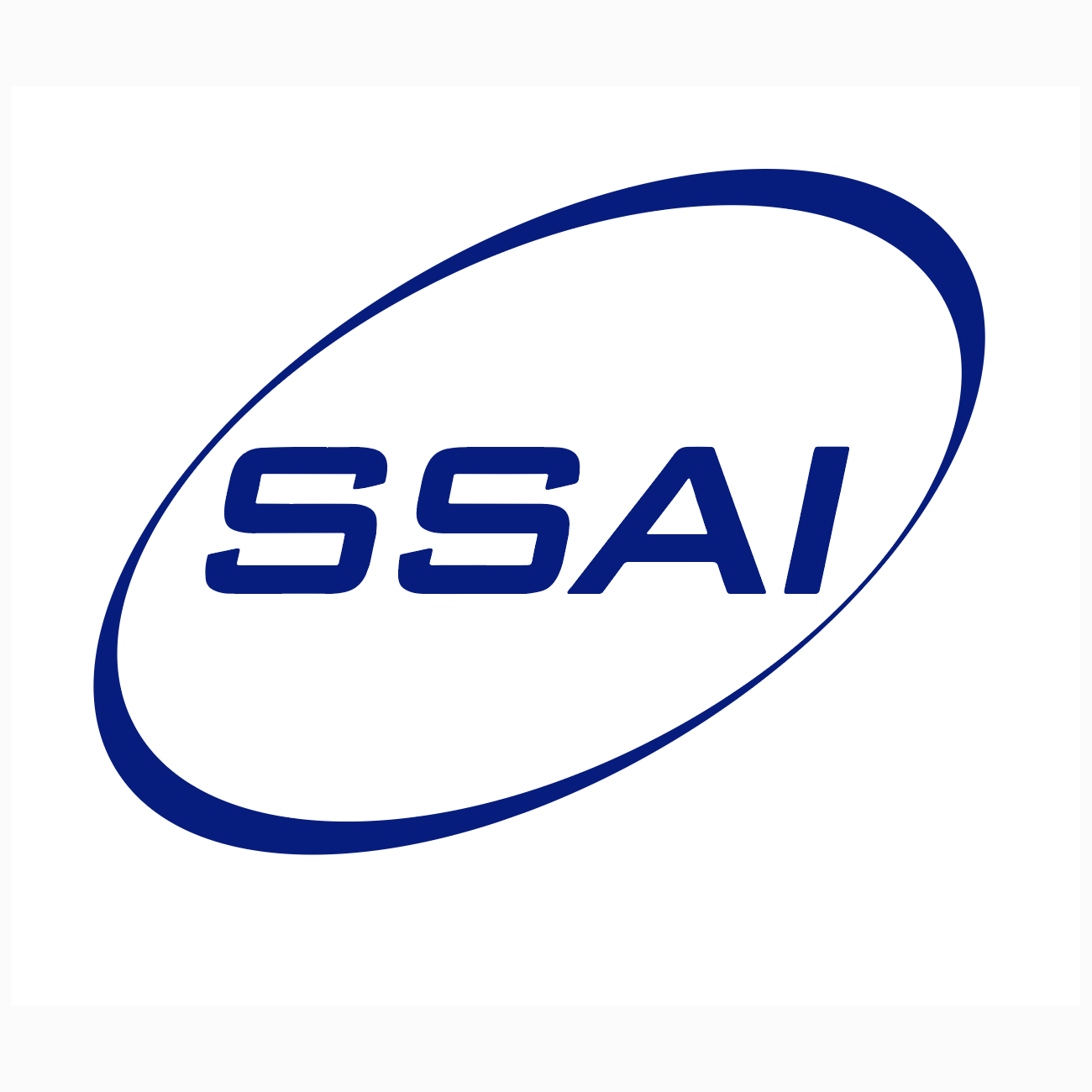
Heliophysics Research

SSAI scientists and engineers are involved in studying the interaction of the Solar wind, a potent flow of radiation coming from the Sun, with the upper atmospheres of the Earth, Moon, and other planets.
For the Earth, space weather is the science that focuses on the understanding and prediction of solar activity based on complex models of the Sun system, and on the interaction with the Earth’s magnetic field and upper atmosphere. This research carries enormous implications for the safety of astronauts onboard the Space Station and any other manned mission, but also for the routine operation of robotic space missions.
Other SSAI scientists study the variations of total solar irradiance as a fundamental forcing of the Earth’s climate system. To better understand the anthropogenic effect on climate, it must be isolated from the natural variability. Earth’s climate natural variability stems from the internal dynamics of the Earth system and from variations in the Sun’s total irradiance. An important way to assess the various forcings is a clear understanding of the Earth’s radiative budget with all its components, together with variations of each of these components on various temporal scales.
SSAI is supporting the development and the operations of the Nowcast for Aerospace Ionizing Radiation System, developed at NASA Langley Research Center.
NAIRAS is computing in real time the radiation suffered by crew of aircraft and spacecrafts due to galactic cosmic rays (GCR), solar energetic particles (SEP), and the radiation belts.
These radiations are very variable due to their modulation by the solar activity. It is therefore necessary to have a model able to account for the dynamic of the geomagnetic field, the modulation of the
GCR by the solar wind, and the SEP events, i.e. the increase of energetic particles from the Sun due to a storm.
NAIRAS is an essential tool for aviation radiation safety and has been transitioned to the Community Coordinated Modeling Center (CCMC) where its outputs can be seen in real-time and are used operationally.
Dr. Guillaume Gronoff has been supporting NAIRAS for over 10 years, starting with the support for the Rad-X balloon experiment that provided validation for the model. https://science.larc.nasa.gov/rad-x/
Since then, he worked on the transition of the model to the CCMC, continues supporting the real-time operations and the necessary updates due to the changes in the operational data for the real-time or the extension of NAIRAS to the near space environment.
Principal Investigator-led Projects:
DANDELION
Detection of exospheric trANsport and Dust for the Exploration of Lunar Ice and OxidatioN — called project DANDELION — studies lunar water.
Principal Investigator Guillaume Gronoff completed his doctorate from Université Joseph Fourier in Grenoble, France. His specialty is the impact of energetic particles on planetary atmospheres, which led him to study the impact of cosmic rays and other particles on Titan, Mars, Venus, etc.
SSAI is supporting the development and the operations of the Nowcast for Aerospace Ionizing Radiation System, developed at NASA Langley Research Center. NAIRAS is computing in real time the radiation suffered by crew of aircraft and spacecrafts due to galactic cosmic rays (GCR), solar energetic particles (SEP), and the radiation belts.
These radiations are very variable due to their modulation by the solar activity. It is therefore necessary to have a model able to account for the dynamic of the geomagnetic field, the modulation of the GCR by the solar wind, and the SEP events, i.e. the increase of energetic particles from the Sun due to a storm. NAIRAS is an essential tool for aviation radiation safety and has been transitioned to the Community Coordinated Modeling Center (CCMC) where its outputs can be seen in real-time and are used operationally.
Dr. Guillaume Gronoff has been supporting NAIRAS for over 10 years, starting with the support for the Rad-X balloon experiment that provided validation for the model. Since then, he worked on the transition of the model to the CCMC, continues supporting the real-time operations and the necessary updates due to the changes in the operational data for the real-time or the extension of NAIRAS to the near space environment.

NAIRAS Dose Maps for Northern Hemisphere


